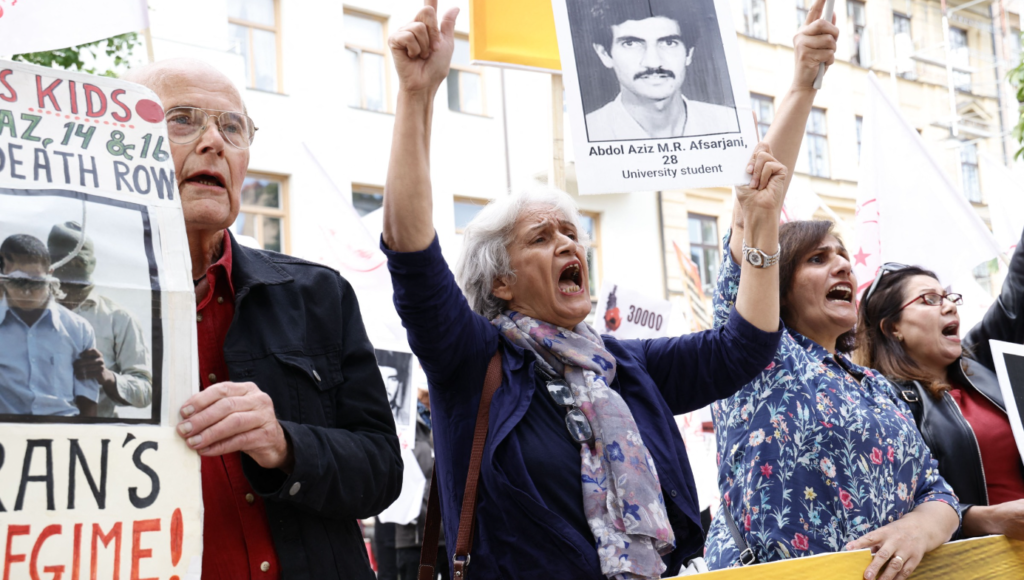
Thirty-four years after the massacre of political prisoners in Iran, the conviction of Hamid Noury in Sweden has been a victory for accountability and for the truth.
I. The tale of the dead
In January 2023, the Svea Court of Appeal in Stockholm, Sweden, began hearing the appeal of an exceptional case—one dealing with crimes against humanity. For the first time, a participant in Iran’s 1988 massacre of political prisoners, during which nearly 4,000 inmates were hanged within a few weeks, was facing justice. The case is based on universal jurisdiction, a provision in the international law that recognizes certain crimes to be so serious that the duty to prosecute them transcends national borders. The appellant, Hamid Noury, a former Iranian prison official, had been sentenced to life in prison by the Stockholm district court in July 2022 at the conclusion of a two-year trial at which 26 witnesses, 12 experts, and 35 accusers had testified. With this appeal and a new cadre of defense attorneys, Noury hopes to reverse that decision.
The trial was already an historic event even before September 2022. But in light of the protests that have swept through Iran in the months since, its significance is even greater. Iranians are demanding an end to theocracy and expressing a deep yearning for justice and the rule of law. Whether or not the protestors succeed in upending the regime, something has already, and irreversibly, changed. The nation is envisioning a different future, which cannot come unless there is a path to national reconciliation that includes accountability for all those who have committed—or who continue to commit—human rights violations. The Swedish trial is an unprecedented development, and one that Iranians hope to emulate when the regime falls. Should Noury’s appeal fail, it will be a boon to the protestors who wish to see an end to the regime’s impunity.
To understand the case, we must revisit the events that led to the massacre at its center. 1988 had been an ominous year in Iran. The war with Iraq had entered its eighth and final year and Iran’s economy had been crippled by Western sanctions. The conflict’s fallout was exacerbated by plunging oil prices, the per capita revenue of which had plummeted to half of what it had been before the 1979 revolution. Hundreds of thousands of educated Iranian professionals had fled the country resulting in a massive “brain drain,” while others were languishing in prisons or had already been executed. An even greater number had been internally displaced, and the casualties were continuing to mount.
